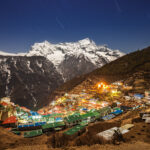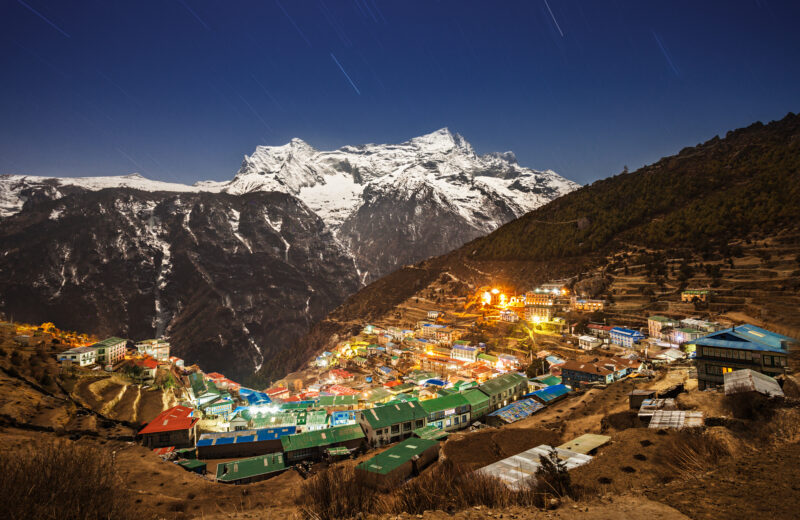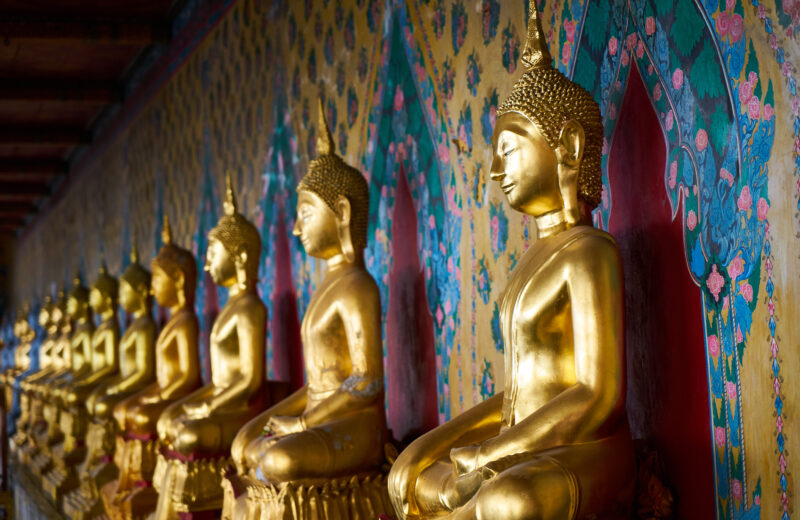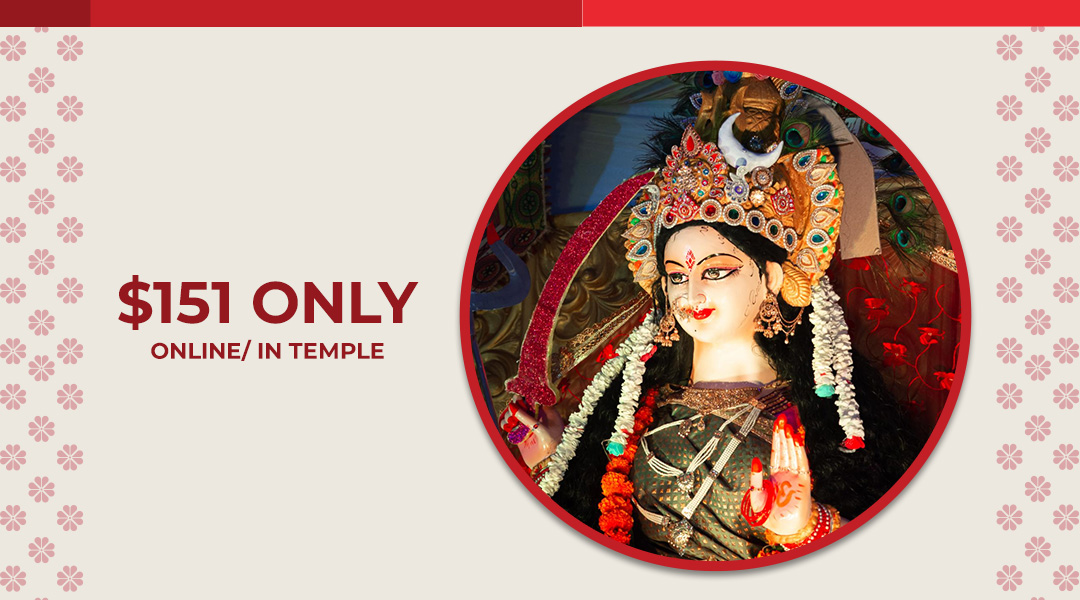
Durga Saptashati Path: Invoking the Divine Power of Goddess Durga
Durga Saptashati Path is a powerful Hindu ritual involving the recitation of 700 verses from the Markandeya Purana, dedicated to Goddess Durga. Also known as Devi Mahatmya, this sacred text glorifies the divine strength of the Goddess and her victory over evil forces. Performing this path invokes divine blessings, removes negativity, and brings prosperity, success, and protection from adversities.
Significance of Durga Saptashati Path
Durga Saptashati is a collection of hymns that describe the battles of Goddess Durga against various demons, symbolizing the triumph of good over evil. Devotees believe that reciting these verses:
- Eliminates obstacles and negative energies.
- Brings strength, courage, and wisdom.
- Grants divine protection from hardships and misfortunes.
- Enhances spiritual growth and inner peace.
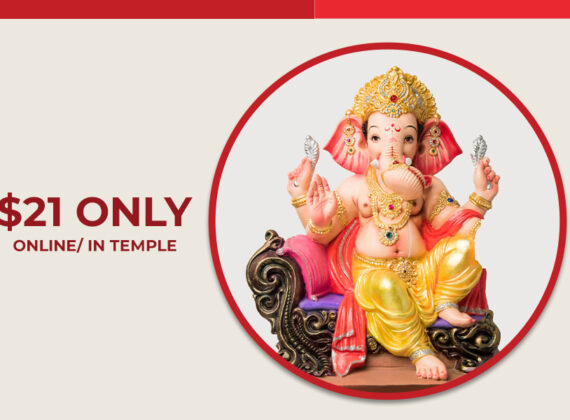
Archana Puja
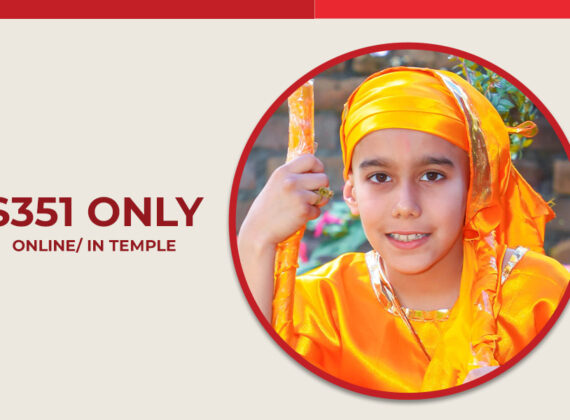
Bartabandha Puja
When is Durga Saptashati Path Performed?
- It is most commonly performed during Navratri, a festival dedicated to Goddess Durga.
- Many devotees also perform it on Fridays or Ashtami (eighth day of the lunar cycle).
- It is recommended for those facing challenges in life, seeking divine intervention for success and protection.
How is Durga Saptashati Path Performed?
The recitation is usually conducted by a priest or devotee, following strict spiritual discipline. The ritual includes:
- Ganesh Puja – Lord Ganesha is worshipped first to remove obstacles.
- Kalash Sthapana – A sacred water pot is installed to invoke divine energies.
- Devi Puja – Goddess Durga’s idol or image is adorned with flowers, incense, and lamps.
- Recitation of 13 Chapters – The 700 verses are chanted with devotion and concentration.
- Aarti & Offerings – Flowers, sweets, and fruits are offered, followed by the waving of a lamp (aarti).
- Havan (Fire Ritual) [Optional] – In some traditions, a fire ritual is performed to amplify the power of the prayer.
- Prasad Distribution – Devotees receive prasad as a divine blessing.
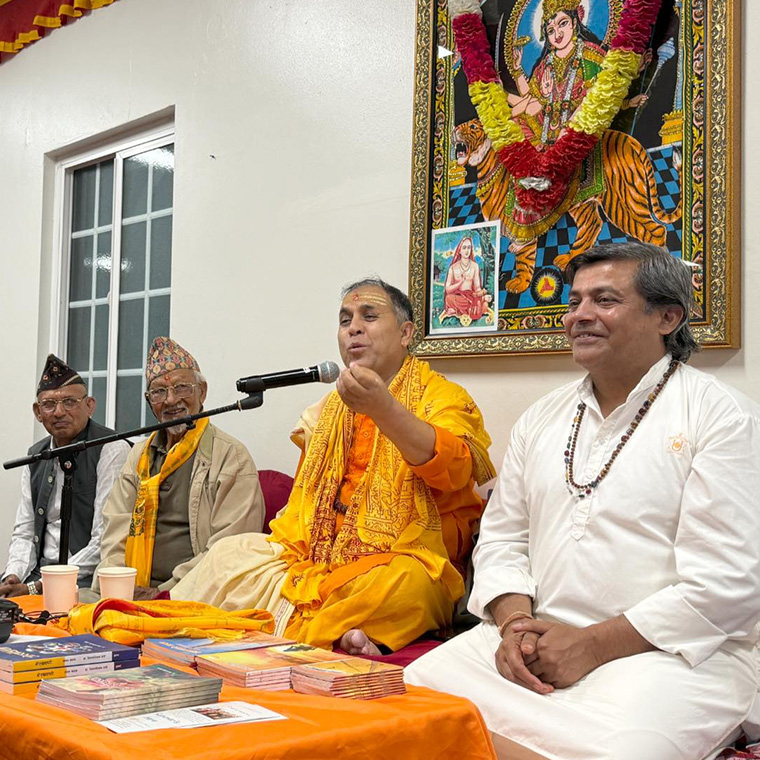

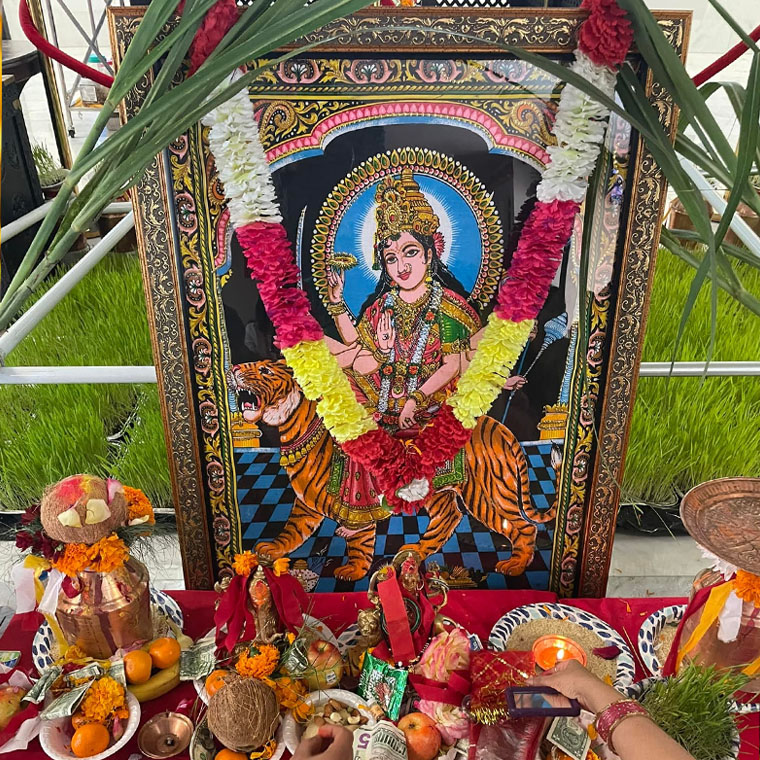
Regional Variations
In North India, the path is widely observed during Navratri, with devotees fasting and offering daily prayers. In South India, it is often accompanied by Lalita Sahasranama recitation. In Nepal, Durga Saptashati Path is an integral part of Dashain, the biggest Hindu festival.
Conclusion
Durga Saptashati Path is a profound spiritual practice that strengthens devotion, instills confidence, and invokes the protective and nurturing energy of Goddess Durga. Whether performed individually or in a group, it serves as a powerful means to attract divine blessings, ensuring peace, prosperity, and victory over all challenges in life.
Email Address
info@pashupatinathfoundation.org
Phone Number
562- 864 -7600

